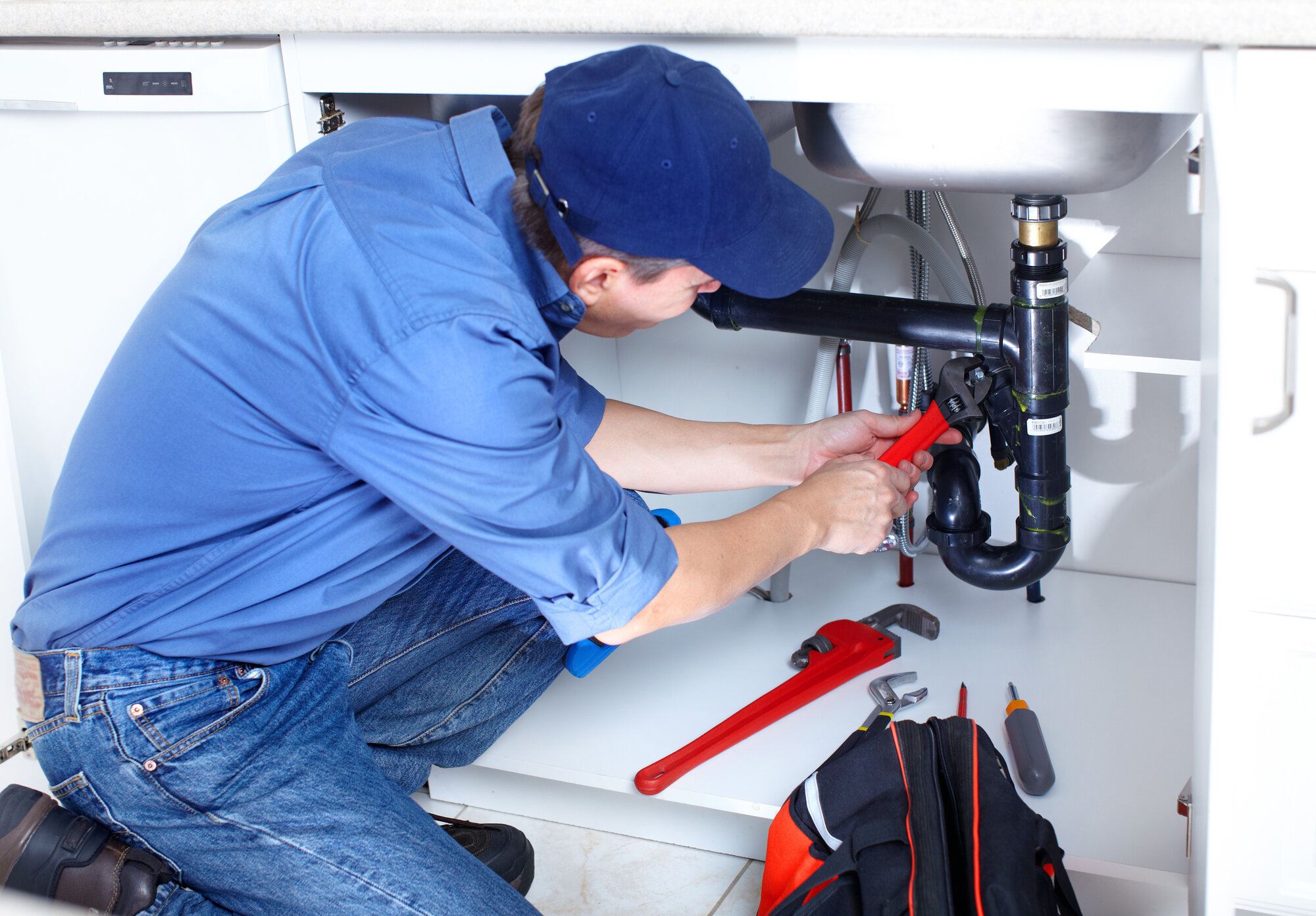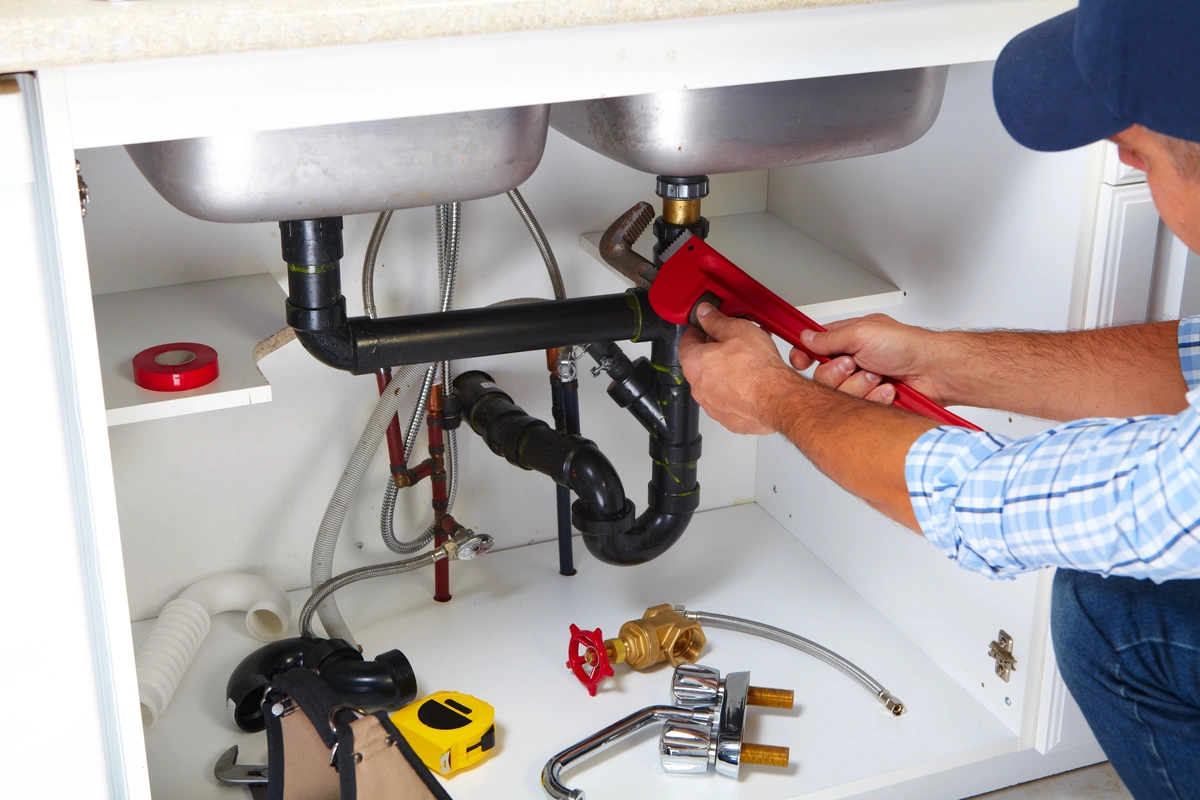Quick and Effective Drain Cleaning Alabaster AL Services Available
A Step-by-Step Guide to Reliable Water Heating System Installment for Ideal Performance
Embarking on the job of installing a water heating unit is an endeavor that requires precision and a methodical method for attaining optimal performance. As you continue, the details of linking water supply lines and establishing up reputable electric or gas links wait for, promising insights right into ensuring efficiency and dependability.
Picking the Right Hot Water Heater

Next, think about the dimension and ability of the hot water heater. It's vital to assess your home's warm water demands, which can differ based upon the number of residents and their usage patterns. A system that's as well small may cause not enough warm water, while an extra-large version might result in unneeded energy intake.
Performance ratings also play a critical function in choice. Try to find water heating systems with high Power Variable (EF) rankings, indicating superior efficiency and lowered power use. Tankless versions, though typically more pricey upfront, offer substantial energy financial savings over time as a result of their on-demand home heating capacities.
Preparing the Setup Location
Prior to installing a new hot water heater, meticulous prep work of the installment area is essential. This ensures a smooth installment procedure and assists stop future problems (Plumbing Alabaster AL). Begin by picking a proper location that abides with neighborhood building codes and safety criteria. The area must be dry, well-ventilated, and available for maintenance. It's crucial to gauge the area carefully to fit the water heater's dimensions, ensuring appropriate clearance around the unit for reliable operation and servicing.
Next, eliminate any kind of debris, dust, or obstructions from the site to develop a tidy environment. Check the floor for security, as the water heater will require a solid, level surface to operate properly. If necessary, install a drip frying pan below the system to capture potential leakages or spills, avoiding water damage to the surrounding area. In areas prone to seismic task, consider installing seismic bands to safeguard the heating unit securely in place.
In addition, guarantee that all needed tools and materials get on hand prior to starting the setup. This includes items such as wrenches, screwdrivers, a level, and any kind of added hardware required for protecting the heater and placing. A well-prepared installment area sets the structure for an effective hot water heater setup, optimizing efficiency and security.
Connecting Supply Of Water Lines
When connecting water lines to your recently installed hot water heater, it is critical to make certain that all links are leak-free and protected to keep reliable operation and prevent water damages. Begin by determining the warm and cool supply of water lines. The cool water inlet is normally noted with a blue tag or a "C", while the warm water electrical outlet is marked with a red label or an "H".
Usage adaptable water heater connectors to assist in an easier installation process. Before connecting the adapters, position a plumber's tape around the threaded ends of the water heater's inlet and outlet pipes.
When links remain in area, gradually transform on the major water supply shutoff. Examine each link for leakages by aesthetically checking and feeling for moisture. Tighten up connections as required, and make Continue sure the stress alleviation valve is correctly set up, securing versus extreme pressure accumulation.
Setting Up Electric or Gas Links
Effectively establishing up the electric or gas links for your water heating system is an essential step to guarantee effective and risk-free operation. For electric hot water heater, start by confirming that the electrical circuit works with the heater's voltage and amperage demands. Guarantee the power supply is switched off at the circuit breaker to stop crashes. Link the electrical wires to the heating system complying with the producer's wiring layout. Commonly, this includes connecting the ground cord to the environment-friendly terminal, and the continuing to be cables to their corresponding terminals, safeguarding each with cable nuts.
For gas hot water heater, safety is critical. Validate that the gas supply is off before continuing. Connect the gas line to the water heating system using an adaptable gas connector, guaranteeing it is properly threaded and secured with pipeline joint compound or Teflon tape suitable for gas links. Tighten the connections with a wrench, taking treatment not to over-tighten (Drain Cleaning Alabaster AL).
Once connections are made, evaluate for any potential leaks. For gas lines, use a soapy water option to the joints; bubbles show a leak. For electrical connections, double-check that all wiring is safe and effectively shielded, keeping conformity with neighborhood electric codes.
Checking and Adjusting for Performance
With the electrical and gas links firmly in location, the next step is assessing the operational performance of your water heating you could check here system. Begin by very carefully turning on the water supply and ensuring there are no leakages at any of the joints or shutoffs.
Following, execute a comprehensive inspection to make certain the burner or gas heaters are operating properly. For electric heating systems, use a multimeter to verify if the components are attracting the ideal present. In gas models, observe the burner flame; it should be blue and constant, indicating effective combustion.
Readjust the settings as essential to remove inefficiencies. Take into consideration executing insulation actions, such as adding a hot water heater blanket, to further improve efficiency by decreasing heat loss. In addition, examine the anode pole's condition, as a scrubby rod can minimize efficiency and lead to storage tank corrosion.
Final Thought
Reliable hot water heater see post installment is important for ensuring optimal efficiency and energy cost savings. By choosing the appropriate type and dimension, and thoroughly preparing the setup location, a foundation for success is established. Firmly connecting water system lines and carefully setting up electric or gas connections minimize prospective problems. Thorough testing for leaks and exact thermostat adjustments to 120 ° F improve integrity and effectiveness. Following these steps promotes long-lasting capability and power preservation in residential water heating unit.

Appropriately setting up the electric or gas links for your water heating system is an important action to make sure reliable and safe operation. For electric water heaters, begin by verifying that the electric circuit is suitable with the heating unit's voltage and amperage demands. Link the gas line to the water heating unit utilizing a versatile gas port, ensuring it is appropriately threaded and sealed with pipe joint compound or Teflon tape suitable for gas links.